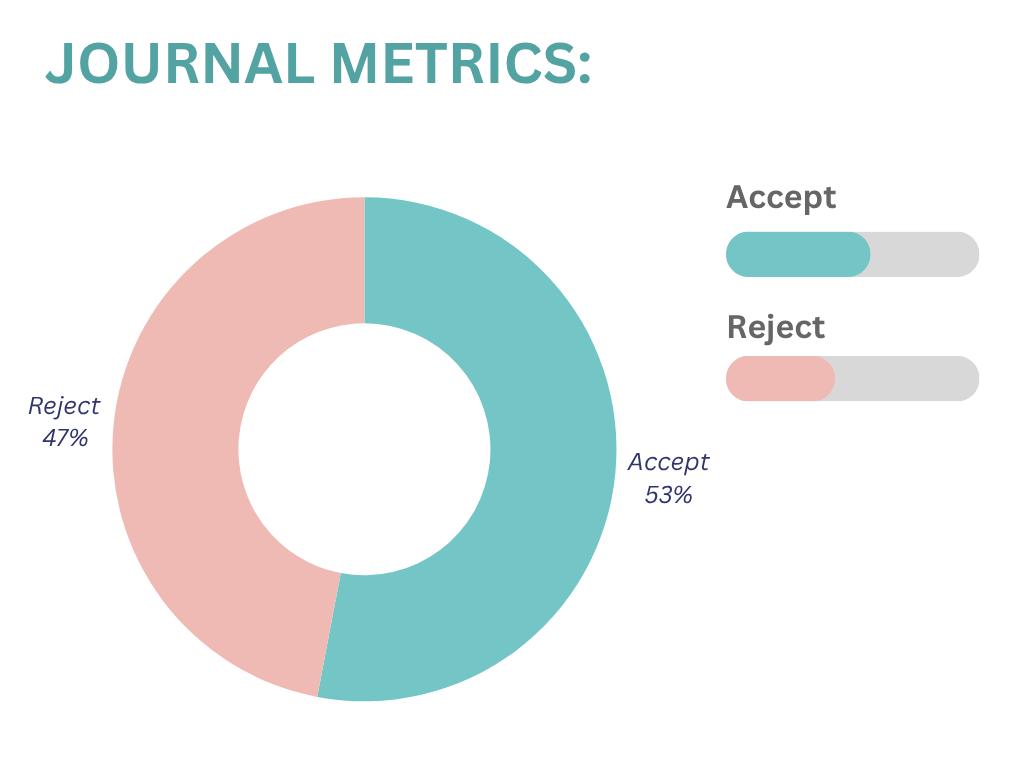Enhancing project scheduling with neutrosophic sets: New solution approaches for solving neutro-sophic CPM/PERT
Abstract
The Critical Path Method (CPM) is an important tool in project management. However, the traditional form of CPM deals with complications associated with the ambiguity and uncertainty in estimating the duration of activities. This paper presents two new methods to solve the Neutrosophic Critical Path Method (Neu-CPM), utilizing Triangular Neutrosophic Numbers (TNNs) to define activity durations under indeterminacy. The methods are designed to conduct a forward pass and backward pass simultaneously to find the earliest and latest time for each event while at the same time to find the total float for each activity, enabling project scheduling under uncertain conditions. Neu-CPM provides a more improved approach to handling non-precise and incomplete data compared to the traditional fuzzy or intuitionistic approaches, based on its inclusion of membership degrees of truth, indeterminacy, and falsity. A numerical example is provided showing the methodology’s ability to identify the project’s critical path in a Neutrosophic environment while studying the effect of various risk elements on the critical path. The results show that Neu-CPM provides the opportunity of more flexibility, accuracy, and reliability in project scheduling in uncertain conditions, with useful applications to practice.
Keywords:
Neutrosophic set, Project scheduling, Triangular neutrosophic number, Critical path methodReferences
- [1] Kerzner, H. (2025). Project management: A systems approach to planning, scheduling, and controlling. John Wiley & Sons. https://b2n.ir/mu9992
- [2] Project Management Institute. (2021). A Guide to the Project Management Body of Knowledge (PMBOK®Guide)--Seventh Edition and The Standard for Project Management. Project Management Institute. https://books.google.nl/books/about/A_Guide_to_the_Project_Management_Body_o.html?id=lKsxEAAAQBAJ&redir_esc=y
- [3] Mubarak, S. A. (2015). Construction project scheduling and control. John Wiley & Sons. https://books.google.nl/books/about/Construction_Project_Scheduling_and_Cont.html?id=kSu9BgAAQBAJ&redir_esc=y
- [4] Shtub, A., Bard, J. F., & Globerson, S. (2005). Project management: Processes, methodologies, and economics. Pearson Prentice Hall. https://cir.nii.ac.jp/crid/1971430859852190223
- [5] Larson, E., & Gray, C. (2017). Project management: The managerial process. McGraw Hill. https://www.amazon.com/Project-Management-Managerial-Mcgraw-hill-Operations/dp/1259666093
- [6] Zadeh, L. A. (1965). Fuzzy sets. Information and control, 8(3), 338–353. https://doi.org/10.1016/S0019-9958(65)90241-X
- [7] Ross, T. J. (2005). Fuzzy logic with engineering applications. John Wiley & Sons. https://home.iitk.ac.in/~avrs/ManyValuedLogic/FuzzyLogicforEngineers.pdf
- [8] Chen, S. M., & Chen, J. H. (2009). Fuzzy risk analysis based on similarity measures between interval-valued fuzzy numbers and interval-valued fuzzy number arithmetic operators. Expert systems with applications, 36(3), 6309–6317. https://doi.org/10.1016/j.eswa.2008.08.017
- [9] Li, L., & Wang, J. (2015). Uncertain engineering critical path solving method based on interval number theory. 2015 international conference on mechatronics, electronic, industrial and control engineering (meic-15) (pp. 1409–1412). Atlantis Press. https://www.atlantis-press.com/proceedings/meic-15/19956
- [10] Nasution, S. H. (2002). Fuzzy critical path method. IEEE transactions on systems, man, and cybernetics, 24(1), 48–57. https://doi.org/10.1109/21.259685
- [11] Atanassov, K. T. (1986). Intuitionistic fuzzy sets. Fuzzy sets and systems, 20(1), 87–96. https://doi.org/10.1016/S0165-0114(86)80034-3
- [12] Garg, H., & Kumar, K. (2019). Improved possibility degree method for ranking intuitionistic fuzzy numbers and their application in multiattribute decision-making. Granular computing, 4(2), 237–247. https://doi.org/10.1007/s41066-018-0092-7
- [13] Smarandache, F. (1999). A unifying field in logics: Neutrosophic logic. American Research Press. https://web-archive.southampton.ac.uk/cogprints.org/1919/3/eBook-Neutrosophics2.pdf
- [14] Ye, J. (2014). A multicriteria decision-making method using aggregation operators for simplified neutrosophic sets. Journal of intelligent & fuzzy systems, 26(5), 2459–2466. https://doi.org/10.3233/IFS-130916
- [15] Broumi, S., Bakali, A., & Bahnasse, A. (2018). Neutrosophic sets: An overview. Infinite Study. https://books.google.nl/books/about/Neutrosophic_Sets_An_Overview.html?id=pftuDwAAQBAJ&redir_esc=y
- [16] Khan, Z., Gulistan, M., Kausar, N., & Park, C. (2021). Neutrosophic Rayleigh model with some basic characteristics and engineering applications. IEEE access, 9, 71277–71283. https://doi.org/10.1109/ACCESS.2021.3078150
- [17] Mohanta, K. K., Sharanappa, D. S., & Aggarwal, A. (2023). Value and ambiguity Index-based ranking approach for solving neutrosophic data envelopment analysis. Neutrosophic sets and systems, 57(1), 370–397. https://digitalrepository.unm.edu/nss_journal/vol57/iss1/25
- [18] Khalifa, N. E. M., Smarandache, F., Manogaran, G., & Loey, M. (2024). A study of the neutrosophic set significance on deep transfer learning models: An experimental case on a limited covid-19 chest x-ray dataset. Cognitive computation, 16(4), 1602–1611. https://doi.org/10.1007/s12559-020-09802-9
- [19] Mohanta, K. K., & Sharanappa, D. S. (2023). Neutrosophic data envelopment analysis: A comprehensive review and current trends. Optimality, 1(1), 10–22. https://doi.org/10.22105/opt.v1i1.19
- [20] Khan, M., Son, L. H., Ali, M., Chau, H. T. M., Na, N. T. N., & Smarandache, F. (2018). Systematic review of decision making algorithms in extended neutrosophic sets. Symmetry, 10(8), 314. https://doi.org/10.3390/sym10080314
- [21] Mohanta, K. K., & Toragay, O. (2023). Enhanced performance evaluation through neutrosophic data envelopment analysis leveraging pentagonal neutrosophic numbers. Journal of operational and strategic analytics, 1(2), 70–80. https://doi.org/10.56578/josa010204
- [22] Kahraman, C., & Otay, İ. (2019). Fuzzy multi-criteria decision-making using neutrosophic sets (Vol. 16). Springer. https://doi.org/10.1007/978-3-030-00045-5
- [23] Mohamed, M., Abdel-Baset, M., Smarandache, F., & Zhou, Y. (2017). A critical path problem in neutrosophic environment. Infinite study: EL segundo, CA, USA, 1. https://fs.unm.edu/neut/ACriticalPathProblemInNeutrosophic.pdf
- [24] Kungumaraj, E. (2024). An evaluation of triangular neutrosophic PERT analysis for real-life project time and cost estimation. Neutrosophic sets and systems, 63(1), 5. https://digitalrepository.unm.edu/nss_journal/vol63/iss1/5?utm_source=digitalrepository.unm.edu%2Fnss_journal%2Fvol63%2Fiss1%2F5&utm_medium=PDF&utm_campaign=PDFCoverPages
- [25] Pratyusha, M. N., & Kumar, R. (2024). Advancements in critical path method using neutrosophic theory: A review. Uncertainty discourse and applications, 1(1), 73–78. https://doi.org/10.48313/uda.v1i1.28
- [26] Sinika, S., & Ramesh, G. (2024). Trapezoidal neutrosophic program evaluation and review technique using interval arithmetic operations. IAENG international journal of applied mathematics, 54(3), 324–341. https://B2n.ir/jr5854
- [27] Pratyusha, M. N., & Kumar, R. (2024). Solving neutrosophic critical path problem using Python. Journal of information and optimization sciences, 45(4), 897–911. https://doi.org/10.47974/jios-1614
- [28] Romero Fernández, A., Moreira Rosales, L. V., Arciniegas Paspuel, O. G., Jarrín López, W. B., & Sotolongo León, A. R. (2021). Neutrosophic statistics for project management. application to a computer system project. Neutrosophic sets and systems, 44(1), 34. https://digitalrepository.unm.edu/nss_journal/vol44/iss1/34/
- [29] Deli, I., & Şubaş, Y. (2017). A ranking method of single valued neutrosophic numbers and its applications to multi-attribute decision making problems. International journal of machine learning and cybernetics, 8(4), 1309–1322. https://doi.org/10.1007/s13042-016-0505-3
- [30] Khatter, K. (2020). Neutrosophic linear programming using possibilistic mean. Soft computing, 24(22), 16847–16867. https://doi.org/10.1007/s00500-020-04980-y
- [31] Mohanta, K. K., Sharanappa, D. S., & Aggarwal, A. (2023). A novel modified Khatter’s approach for solving Neutrosophic Data Envelopment Analysis. Croatian operational research review, 14(1), 15–28. https://ojs.srce.hr/index.php/crorr/article/view/22530


